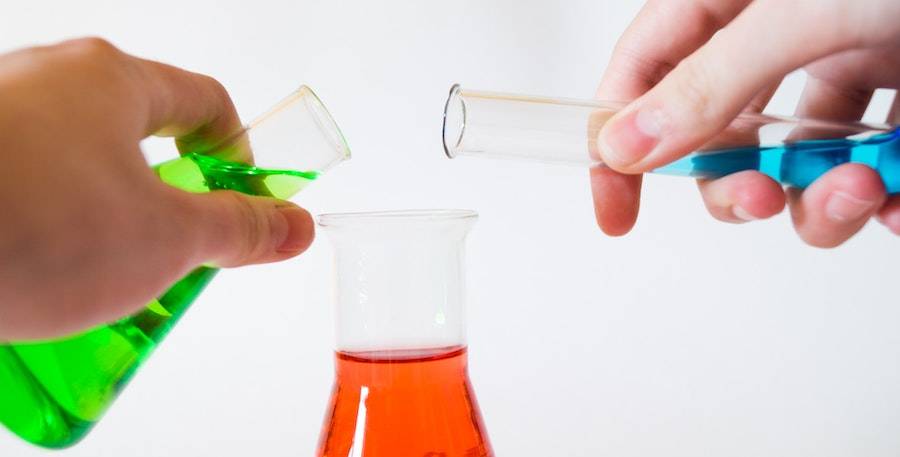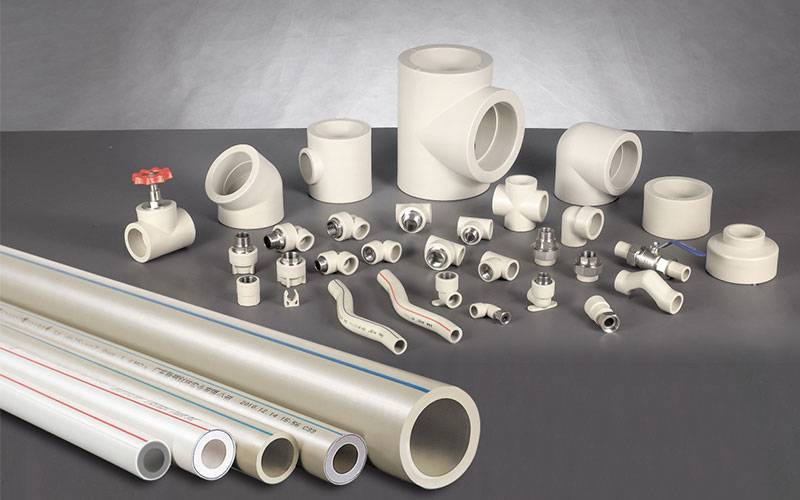Polypropylene Pipes - PP
28 listopada 2022 | Pipes
Polypropylene pipes - one of the most commonly chosen pipes for sanitary installations, mainly water supply systems. Relatively cheap, easy to install and widely available. Do they have any disadvantages?

History of Polypropylene
Italian scientist Giulio-Natta discovered PP properties in the mid-1950s when high-density polyethylene (HDPE) was invented. The unique chemical configuration of PP quickly revealed its high strength and became leading in the plastics industry. The use of PP with high flexibility and no cracking increased its reputation and production capabilities.
Semi-crystalline PP is a very successful product in most industries. Commercial production of PP began in 1957 and had the highest industrial growth in recent years. Like other thermoplastics, PP recycling has caused a wave of happiness among environmental activists.
Production
PP is synthesized in solution or gas phase. Propylene is polymerized at specific pressure and temperature in the presence of Ziegler-Natta catalyst. PP properties change with catalyst and operating conditions. Propylene is the monomer for polypropylene synthesis. PP belongs to multi-purpose polymers in the plastics industry.

Features
Smooth internal and external surface is one of the unique features of PP pipes. This facilitates fluid flow in such pipes. PP pipes are often thermal and sound insulators. Therefore, fluid flow such as water in PP pipes is not associated with noise. Also, hot water pipes will not cause damage to other equipment.
Rusting of metal pipes changes the taste of drinking water in the pipe. Besides rusting, deposits inside metal pipes cause many problems and create conditions for algae and various types of fungi to develop. On the other hand, PP pipes are anti-algae and do not change the taste and color of water. PP pipes are therefore more widely used in potable water pipelines.
PP pipes with a long lifespan of over 50 years are able to reduce construction costs in urban and industrial facilities without degrading. PP pipes are also easy to transport. Due to their lightness and pressure resistance, PP pipes can be buried underground and used for many years.
PP pipes are very durable due to their lightness, weldability, and abrasion resistance. PP pipes are also good thermal and electrical insulators. High temperatures up to 90°C do not negatively affect PP pipe structures in the long term. Furthermore, temperature increase up to 110°C in the short term does not negatively affect PP structures. Excellent chemical resistance to aqueous, acidic and alkaline solutions, salts and most organic solvents leads to wide application of PP pipes. PP pipes are joined by thermal welding.
Advantages of PP pipes
Polypropylene pipes are increasingly used in water systems due to their excellent properties and advantages. They are extremely durable, making them ideal for long-term use in water systems. They are also lightweight and easy to install, saving time and money. PP pipes do not conduct electricity and do not corrode.
Polypropylene pipes are also well-suited for use in drinking water systems due to their low toxicity. Unlike other types of pipes, polypropylene pipes are not known to leach chemicals into water, making them a safe option for drinking water. Additionally, polypropylene pipes are resistant to scale buildup, making them well-suited for areas with hard water.

Finally, polypropylene pipes are easy to maintain, making them an ideal choice for water systems. They can be easily cleaned and maintained through routine flushing and inspection. This ensures proper system operation and prevents the buildup of contaminants and minerals that can lead to costly repairs.
Designing water supply systems? Use our pipe diameter selection calculator
Disadvantages of PP pipes
PP pipes expand under temperature changes. The project must account for thermal expansion compensation. Otherwise, the installation may be damaged. To prevent this, natural compensators should be made in the form of installation route bends, such as U-shaped or Z-shaped. Or calculate if ordinary route bends forming L-shaped compensators are sufficient. If the above methods cannot be applied, compensators should be used.
Polypropylene pipes, like most plastic products, are not intended for outdoor installation where they are exposed to direct sunlight. If installations are made this way, the product must be painted to protect it from the sun, which dries out the oil content present in all plastics.
Lower stiffness and impact resistance - worse than steel pipes. This makes them easily damaged in this regard.
Back to articles list